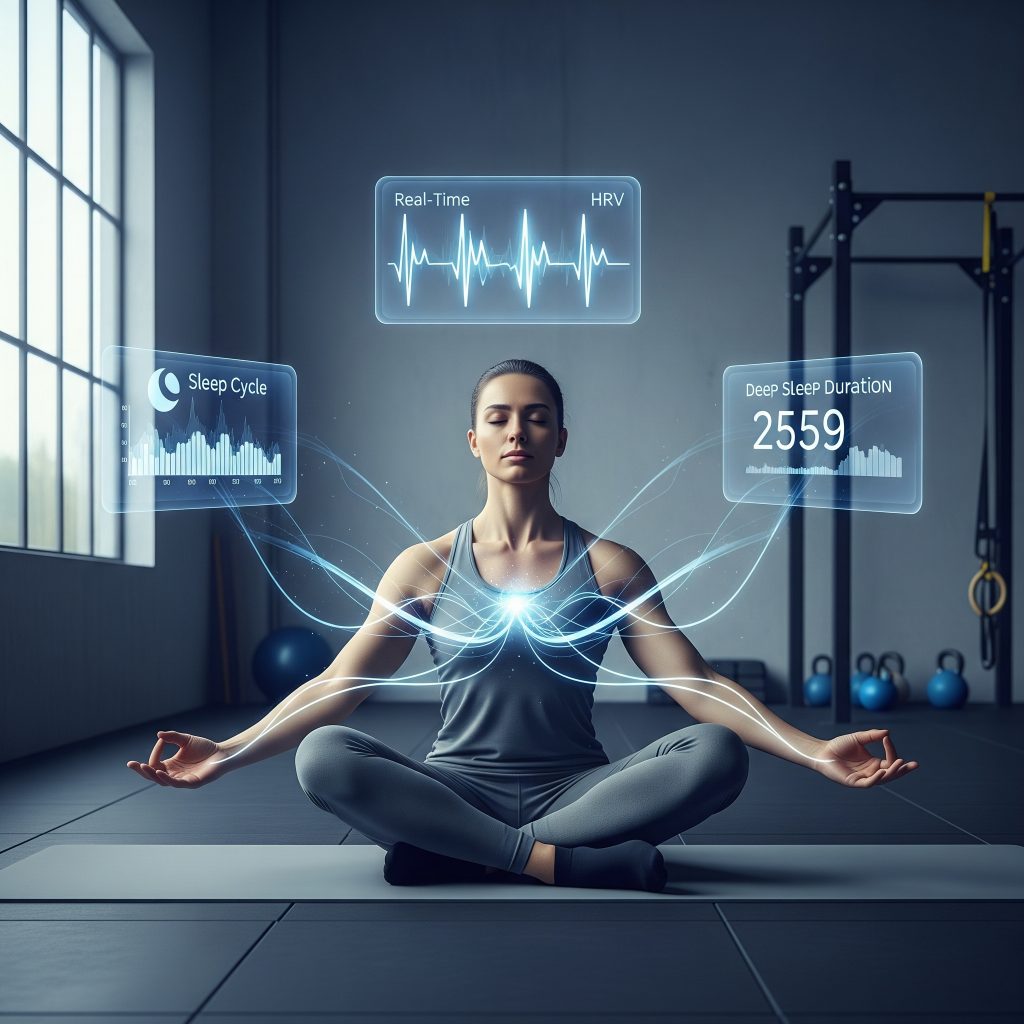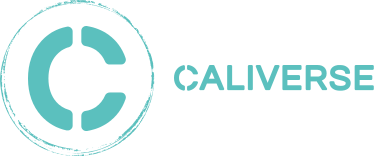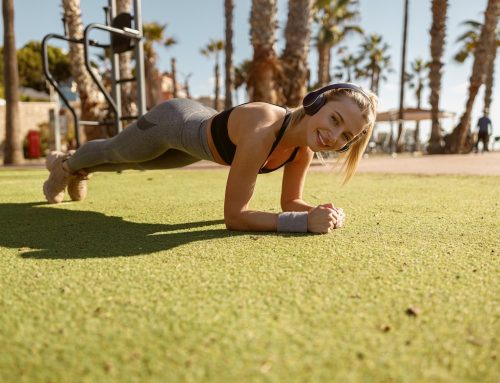
For years, the image of calisthenics has been one of pure, raw strength—awe-inspiring feats performed on outdoor bars, showcasing the peak of physical power. But as we move through 2025, a quiet revolution is reshaping what it means to master your bodyweight. The new frontier isn’t just about training harder; it’s about training smarter.
This new era of calisthenics is built on a powerful fusion of neuroscience, cutting-edge technology, and the timeless power of community. It’s about understanding that your brain is a muscle you can train with every handstand attempt, that your smartwatch holds the key to unlocking perfect recovery, and that the right digital tools can offer the best of both worlds: algorithmic precision and human connection.
Forget everything you thought you knew. This is the future of bodyweight training, and it’s about building a stronger, more resilient, and more intelligent you.
1. Train Your Brain, Not Just Your Body
We’ve always known calisthenics builds muscle, but the latest neuroscience reveals it’s also one of the best ways to build a better brain. The magic isn’t just in the movement; it’s in the learning.
Unlike repetitive weightlifting, calisthenics is a skill-based journey. Progress isn’t measured by adding more plates to a bar, but by mastering new movements—going from a push-up to an archer push-up, or from a tucked lever to a full front lever. This process of learning and refining complex skills is a highly demanding cognitive task.
Here’s what’s happening inside your head:
- Boosting Neuroplasticity: Every time you practice a new skill, you’re actively creating and strengthening neural pathways. This is neuroplasticity in action—your brain’s ability to reorganize itself, which is the foundation of all learning and memory.
- Sharpening Executive Function: The intense focus required for calisthenics stimulates the brain’s frontal cortex, enhancing executive functions like problem-solving, focus, and working memory. The balance for a pistol squat and the coordination for a muscle-up are direct reflections of a highly-tuned nervous system.
- Improving Mental Wellness: The same neurochemicals that boost focus also elevate your mood. Studies updated as recently as August 2025 confirm that calisthenics is a powerful tool for reducing stress and anxiety. The mindfulness required to hold a difficult position keeps you grounded in the present, while the satisfaction of unlocking a new skill builds incredible self-confidence. For more on this, check out our article on the surprising benefits of calisthenics beyond physical fitness.
The takeaway is simple: the challenge of calisthenics is what changes your brain for the better. To start your own skill journey, you need a structured way to progress. The Caliverse app is the perfect tool, offering over 500 exercises with detailed video guides to help you safely and effectively master new movements at your own pace.
2. Your Body Is Talking—Are You Listening?
Wearable technology is the #1 fitness trend for a reason: it gives us the data to finally stop guessing and start listening to our bodies. Your smartwatch or fitness ring is no longer just a step counter; it’s a personalized recovery coach on your wrist.
But data is useless without action. For calisthenics athletes, two metrics are game-changers:
- Heart-Rate Variability (HRV): Think of HRV as your daily readiness score. A high HRV means your nervous system is recovered and ready for a tough workout. A low HRV is a clear signal of fatigue. Pushing for a new personal record on a low-HRV day is a recipe for injury and burnout.
- Sleep Stages: Deep sleep is for physical repair—when your body releases growth hormone to rebuild muscle. REM sleep is for your brain—it’s when you consolidate learning and lock in the motor patterns for that new skill you’ve been practicing.
This data empowers you to train dynamically. Instead of sticking to a rigid schedule, you can adapt based on your body’s real-time feedback.
Here’s how to use it:
- Woke up with a low HRV? Instead of attempting that high-intensity muscle-up session, open the Caliverse app and choose a mobility routine or a lighter, form-focused workout to aid recovery.
- Noticing poor REM sleep? Your brain might not be getting the time it needs to learn that handstand. Prioritize your sleep hygiene to accelerate your progress.
By syncing your training with your body’s recovery cycle, you’ll make faster, more sustainable progress. This is the key to not just getting fit for a season, but building a body that stays strong and healthy for life.
3. The AI Coach vs. The Human Community (Why You Need Both)
The other major tech trend is the AI Coach—apps that promise hyper-personalized, adaptive workout plans. These algorithms are brilliant at optimizing sets, reps, and progressive overload. They can adapt your workout on the fly if you’re short on time or feeling sore.
But an algorithm can’t give you a spot when you need it. It can’t share in the excitement of your first pull-up. It can perfect the program, but it can’t fuel the purpose.
This is where the power of community comes in, and it’s the very foundation of Caliverse. The app wasn’t just built by a developer; it was created in partnership with a real community—the United Calisthenics Group—to ensure it was built for athletes, by athletes. You can read the full story in our article, “(https://blog.caliverse.app/how-caliverse-was-born-a-story-about-how-lack-of-strength-could-be-a-positive-thing/)”.
The most successful fitness platforms of 2025 and beyond won’t force you to choose between smart technology and human connection. They will offer a hybrid model that gives you the best of both.
This is the Caliverse formula:
- The Smart Programming: Professionally designed workouts, skill-based training plans, and progress tracking to ensure you’re training effectively.
- The Human Motivation: A global community to share your progress with, community-made workouts to try, and monthly challenges that foster friendly competition and accountability.
An algorithm can build a workout, but only connection can build a lasting commitment.
Your Smartest Year of Training Starts Now
The future of calisthenics is intelligent, integrated, and more exciting than ever. It’s about building a powerful mind along with a powerful body, using data to guide your intuition, and drawing strength from a global community of fellow athletes.
This is your invitation to stop just exercising and start training intelligently. The Caliverse app provides the definitive roadmap, giving you the smart tools you need to progress and the supportive community you need to stay motivated.
Ready to join the revolution? Download Caliverse and discover your true potential. For more tips, stories, and workouts, be sure to explore the rest of the blog.
About the author : Daniels




